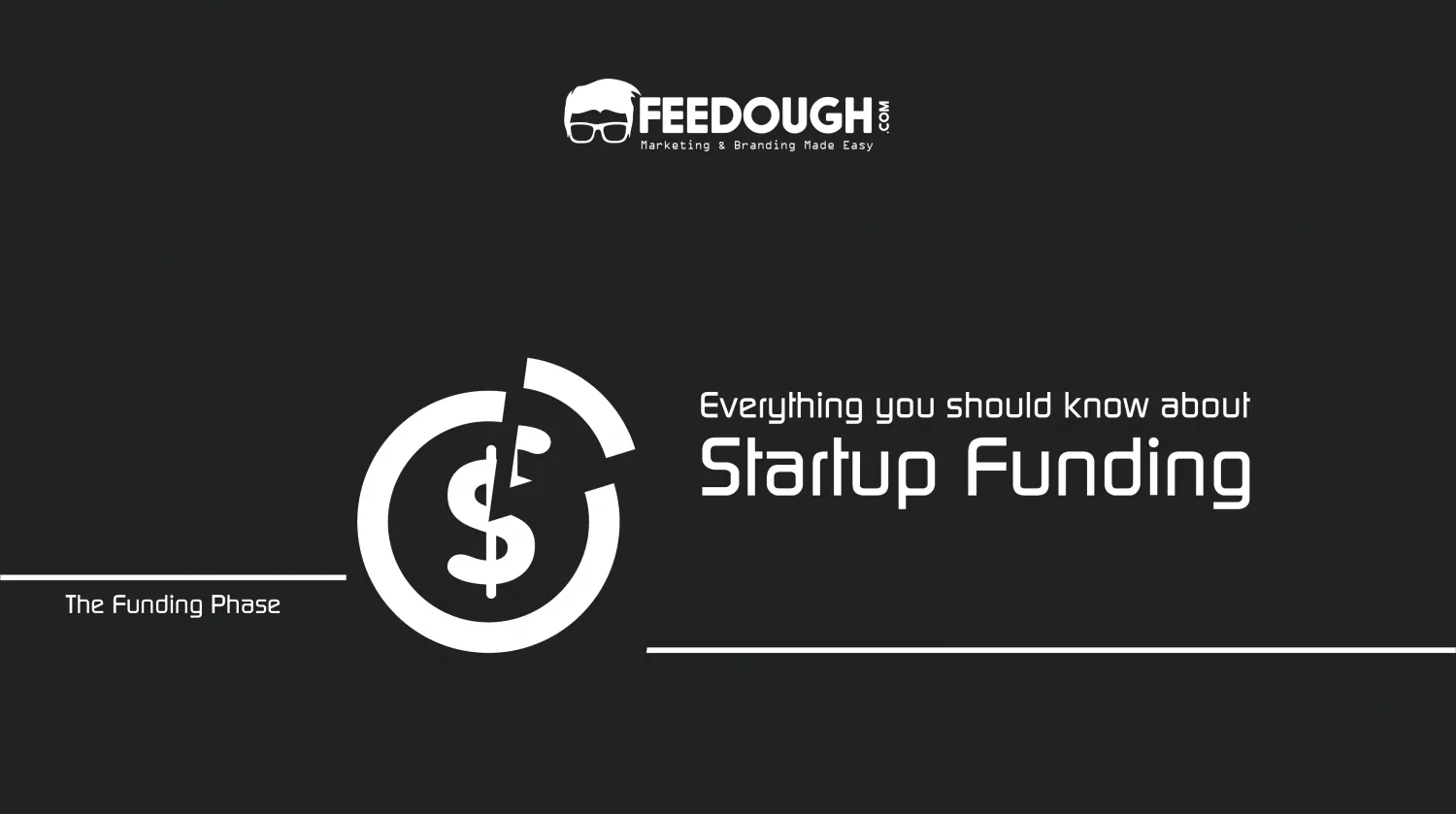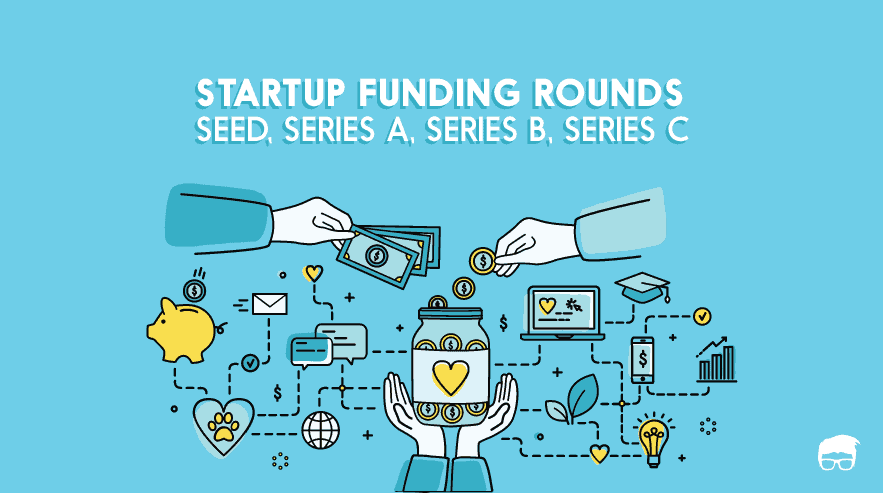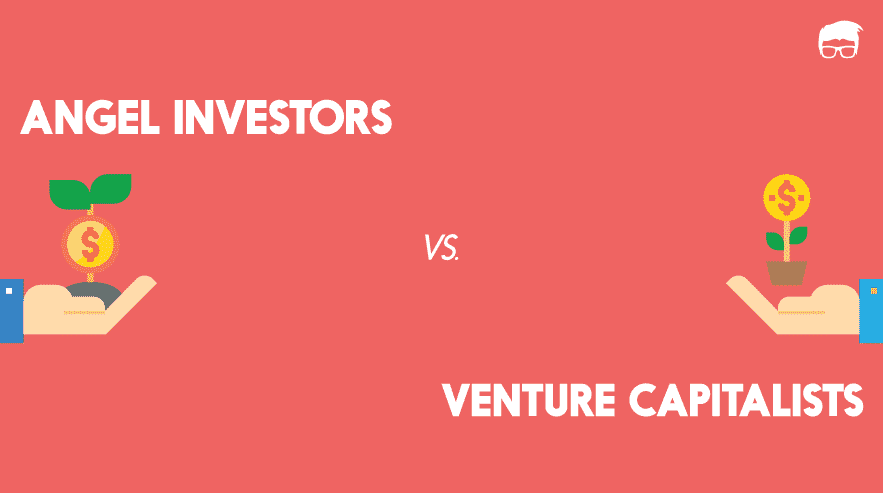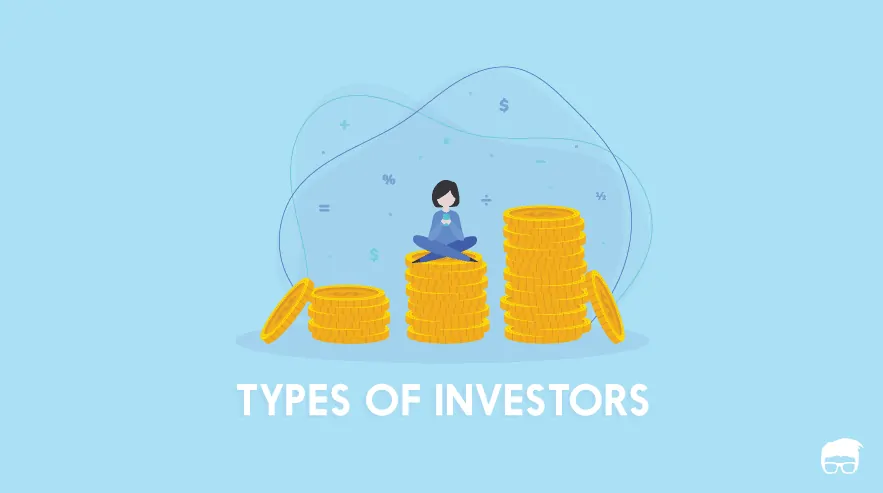Startups are a lot like plants. An entrepreneur sows a seed in the form of a startup idea, takes care of it and nurtures it with internal and external aid till the startup grows, reaps fruits, and sustains itself.
Startup aid usually comes in the form of funding and capital investment. And the first investment that’s required to plant the startup seed is seed funding.
What Is Seed Funding?
Seed funding, also called seed money or seed capital, is the initial investment a startup requires to start its operations or to launch itself as a full-fledged business.
This investment is made in the infancy or early stages of the startup called the seed stage when the:
- The initial planning stage ends,
- The problem and solution hypotheses are validated,
- The startup gets real customer traction, and
- The founders are ready to convert the concept into a full-fledged business.
Purpose Of Seed Funding
Technically, seed funding aims to help the founders get the business up and running as it is structured in the business model canvas and business plan.
Before seed funding, the startup is in its infancy stage and available to the end-users in the form of MVP, beta version, or a limited users version.
A startup uses seed capital to convert the proven concept into a full-fledged running business, and this to cover the initial essential startup expenses like:
- Business setting-up expenses: Trademark registration, domain and server fees, etc.
- Operating expenses: Rent, equipment, payroll, R&D, marketing, sales, etc.
- Startup-specific expenses: Business model development, business planning, etc.
In some cases, startups raise seed money internally using the personal savings of the founders and partners. However, in other cases, it requires aid from external investors who pitch in money in return for something.
Sources Of Seed Funding
Generally, most startups arrange seed money internally by using their savings. However, when this money is not enough, entrepreneurs get help from external investors who contribute money to the startup in return for some benefit and along with specific terms and conditions.
These external sources of seed funding constitute:
- Friends, Family, And Fools: They are closely related to the founders and believe in them and the team. They invest in people rather than the idea. Usually, this funding is considered a loan that needs to be repaid on future dates with or without interest.
- Angel Investors: High-net-worth individuals provide seed money to a startup usually in exchange for convertible debt or ownership equity. These investors their own money.
- Venture Capital Firms: A venture capital firm is a fund including investments by various professional investors, that is used to provide seed money to a startup in exchange for convertible debt or ownership equity. VCs invest other investors’ money.
- Incubators: Incubators are collaborative programs designed to help a startup develop during its initial stages until it can sustain itself in the market. These are usually not-for-profit programs consisting of investors and mentors who provide resources to the startups until they become a self-sustaining business.
- Accelerators: Accelerators are for-profit organisations that help new startups by providing structured guidance, mentorship, access to investors and other support. These are just like incubators but for grown-up startups.
- Crowdfunds: Crowdfunding is when a startup raises small amounts of money from a large number of people and providing them with equity, debt interest, or rewards in return.
How Does Seed Funding Work?
Seed money can be raised both internally and externally depending upon factors like:
- Type and nature of the startup,
- Present and future plans and requirements, and
- Founders ability and experience.
When raised from outside, seed funding round works just like other startup funding rounds. The investment ranges from $100,000 to $5 million and includes three types of contracts. These are:
- Equity Funding: Investors invest in return for an ownership stake in the business. Since the seed stage is an early stage to predict the startup’s future, such investors take a lot of equity for the amount invested.
- Debt Funding: Investors invest the money as debt that needs to be repaid along with interest after a specific time.
- Convertible Debt: In cases when startup valuation isn’t possible, investors invest using convertible debt where the invested money can be converted into equity at a later stage when the startup valuation is possible. If not, it is to be treated as debt and repaid after a specific time period.
When Do Startups Raise Seed Fund?
Generally, the right time for a startup to reach out to investors is when they have a compelling proposition as to why an investor should invest in the business.
Since the seed stage doesn’t involve many monetary transactions to back the startup’s claim. The right time to reach out to investors is considered when:
- The startup idea and problem-solution hypothesis is validated.
- It’s proven that the opportunity is sufficiently large to sustain startup’s growth for the long term.
- The whole team is on board. Seed money is generally not used to get a new CTO or CEO on board.
- The startup has received real customer traction and now plans to roll out its offering to the masses.
How Much Do Startups Raise In Seed Round?
Every startup’s requirement is different. Some settle for a seed investment of $10,000 or less while some might require $2-3 million just to get the business started. All it takes is a thorough calculation of how much money the startup requires to:
- Be profitable enough to never raise money again, or
- To reach the next fundable milestone, which usually comes after 12 to 18 months.
How Are Startups Valued During The Seed Round?
Startup valuation during a seed funding round is hard. This is why most investors find out alternate ways like convertible notes, SAFE, and KISS to invest first and find the valuation afterwards.
However, some startup investors do find methods to value a startup at the seed stage. These methods include:
- Berkus method: In this method, various qualitative elements like a sound idea, prototype, etc., are given weightage to decide on the final valuation of a startup.
- Discounted cash flow method: A technical approach to determine the startup’s value by estimating its future cash flows, and then discounting them at a specific discount rate to obtain the present value.
- Similar companies’ valuation: This approach requires the parties to look at comparable companies that have raised money and at what valuation they sign the deal.
What Is Pre-Seed Funding?
Pre-seed funding comes before the seed stage when the startup raises or arranges money to validate its problem-solution hypotheses, propositions, and demand.
This is the money required to set the base for the business operations to start and ensure that the founders’ business is a viable one. The base is formed by:
- Bringing key stakeholders on board,
- Registering patents and trademarks, and
- Conducting the required research and analysis.
Pre-seed vs. Seed Funding
Pre-Seed Funding | Seed Funding | |
|---|---|---|
Purpose | It’s the funding required by the startup to validate hypotheses related to problem-solution-fit, propositions, demand, and to set base for the business to start. | It’s the funding required by the startup to start its operations and launch itself as a full-fledged business. |
Funding Amount | Within $100 – $250k range | Less than $5 million. |
Seed Funding FAQs
How Much Equity Is Given Up During The Seed Stage?
Equity dilution depends upon the decided valuation and the amount of money raised. Usually, a seed round witnesses a dilution of 10% to 20% of the founder’s equity.
This can also go up to 25%.
How long does it take to raise seed funding?
Usually, it takes around three to six months to open and close a seed round of funding.
Go On, Tell Us What You Think!
Did we miss something? Come on! Tell us what you think about our article on seed funding in the comments section.
A startup consultant, digital marketer, traveller, and philomath. Aashish has worked with over 20 startups and successfully helped them ideate, raise money, and succeed. When not working, he can be found hiking, camping, and stargazing.









